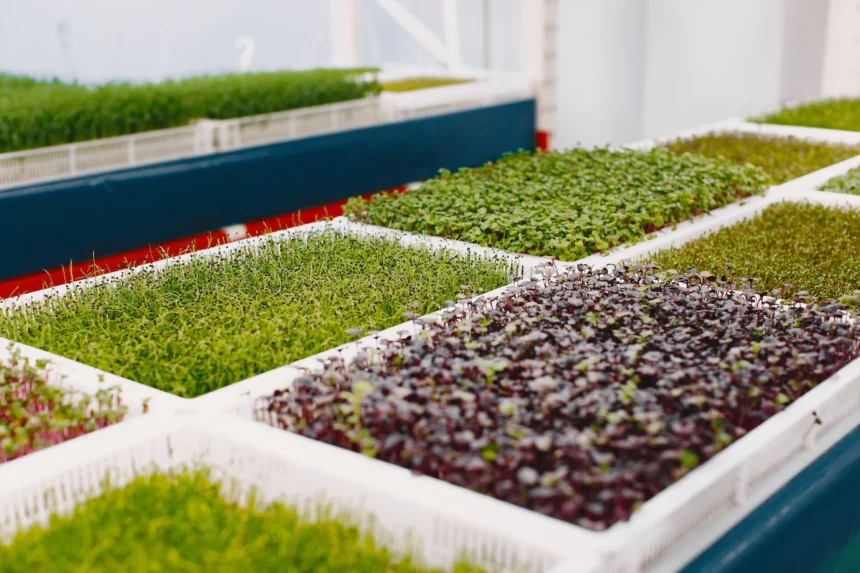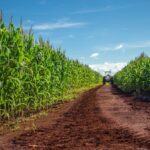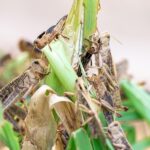Crop diversification plays a crucial role in reducing risks and maximizing profits in the agricultural sector in South Africa. By cultivating a variety of crops, farmers can mitigate the negative impacts of unpredictable weather patterns, pests, diseases, and market fluctuations. Here are some key ways in which crop diversification can be beneficial:
- Risk Reduction: South Africa’s climate is diverse, ranging from arid regions to more temperate areas. By growing a range of crops suited to different climatic conditions, farmers can reduce the vulnerability of their operations to adverse weather events such as droughts or floods. If one crop fails due to unfavorable conditions, other crops can compensate for the loss.
- Pest and Disease Management: Monoculture, which refers to the practice of growing a single crop on a large scale, is more susceptible to pest and disease outbreaks. Crop diversification helps break pest cycles by interrupting the continuous presence of a particular host plant. By rotating crops or intercropping, farmers can reduce the risk of widespread damage from pests and diseases, minimizing the need for costly chemical interventions.
- Soil Health and Nutrient Management: Different crops have varying nutrient requirements and contribute differently to soil health. Crop rotation helps prevent nutrient imbalances and depletion of specific nutrients in the soil. Leguminous crops, for example, fix atmospheric nitrogen and improve soil fertility. By diversifying crops, farmers can enhance soil health, reduce the need for synthetic fertilizers, and promote sustainable farming practices.
- Market Stability: Dependence on a single crop can leave farmers vulnerable to market fluctuations, price volatility, and changes in consumer demand. By diversifying their crop portfolio, farmers can distribute their income sources across multiple products. This reduces the risk of relying solely on a single market and increases the chances of accessing stable and profitable markets. Diversification also provides opportunities for value-added products and niche markets.
- Farm Resilience and Adaptability: Climate change poses significant challenges to agriculture, including increased temperature, altered rainfall patterns, and extreme weather events. Crop diversification allows farmers to adapt to changing conditions and build resilience. By experimenting with and introducing new crops that are better suited to changing climatic conditions, farmers can mitigate risks and ensure long-term profitability.
- Income Generation and Profit Maximization: Crop diversification can lead to higher overall farm incomes and increased profitability. By carefully selecting crops with complementary growth cycles, farmers can optimize the use of available resources such as land, labor, and machinery. This can result in more efficient production systems, reduced input costs, and improved financial returns.
In conclusion, crop diversification is a valuable strategy for reducing risks and maximizing profits in South Africa’s agricultural sector. By embracing a diverse range of crops, farmers can enhance resilience, manage pests and diseases, optimize resource utilization, and access stable markets. Adopting sustainable and diversified farming practices is crucial for long-term profitability, while also promoting environmental sustainability and food security.
Join 'Farmers Mag' WhatsApp Channel
Get the latest Farming news and tips delivered straight to your WhatsApp
CLICK HERE TO JOIN






